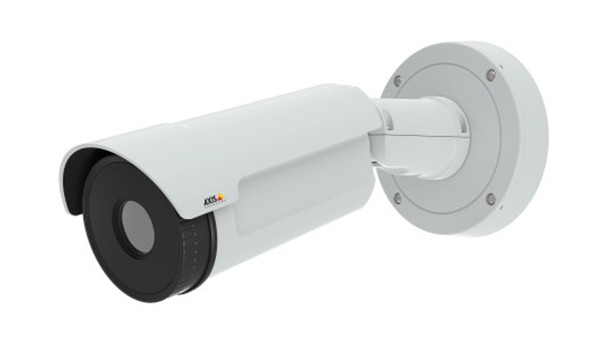Axis Q1941-E: fixed thermal camera for critical environments with analytical functions
Axis Q1941-E fixed IP camera offers optimal thermal images with high contrast. Among its features highlights its compatibility with EIS, that minimizes the effects of vibrations, Zipstream technology, that reduces bandwidth and storage; and its analytics capabilities through ACAP.
The last member who Axis Communications has incorporated to the Q family of fixed thermal equipment is the model Q1941-E, a bullet-type IP camera designed for detection in harsh conditions during 24 hours of the day.
This camera can be used both indoors and outdoors and is ready to operate from the first minute. It is ideal for the perimeter protection of installations where the early detection of intrusion attempts is of vital importance.
"We know that thermal cameras are not only reliable for uninterrupted intrusion detection., but they are also a very useful tool for verification, as they allow to distinguish between a noise and a real alarm. This model incorporates a powerful processor, that allows you to use video analytics applications through the ACAP camera application platform", says Roberto de los Santos, Sales Engineer at Iberia de Axis.
Axis Q1941-E offers a thermal resolution of 384×288 and optimal image contrast ensures reliable detection and quick verification. Thanks to its five objectives (7, 13, 19, 35 And 60 Mm) designed to multiply the level of detection accuracy, this camera responds to all kinds of needs, as well as allowing easy integration with other IP security devices and third-party applications.
Among the functionalities incorporated in this solution is electronic image stabilization (Eis) that ensures image quality in live viewing with the camera mounted in unstable places, as vibrations are no longer a problem.
With Axis Zipstream technology, areas without movement are discarded and the camera focuses only on the parts of the image where movement is recorded, reducing bandwidth and storage requirements.
You liked this article?
Subscribe to our RSS feed And you won't miss anything.




